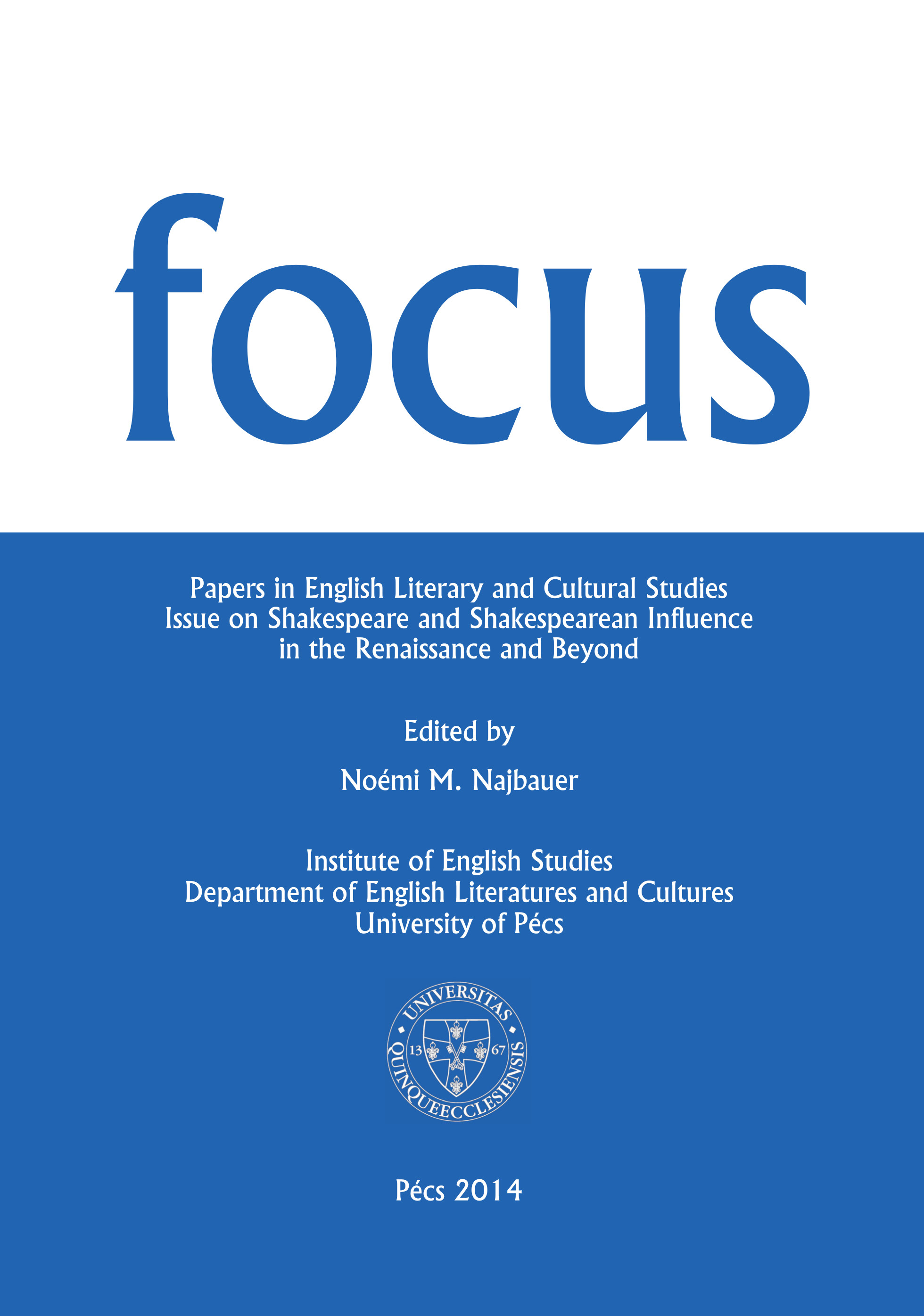“Now in respect it is in the fields, it pleaseth me well; but in respect it is not in the court, it is tedious”: Theatre between Court and Country
Keywords:
Shakespeare, As You Like It, Toldi, János Arany, theatreAbstract
According to Hungarian literary scholars László Kéry and Marcell Benedek, Adam from Shakespeare’s As You Like It and Bence from János Arany’s Toldi are much alike (Benedek 200, Kéry 184). Both old servants are brave, honest, and faithful to their masters. Be that as it may, a more conspicuous resemblance can be found, and that is the similarity between the main protagonists: Orlando and Toldi. Shakespeare’s character has two siblings, but his older brother treats him just as poorly as does György Toldi his brother Miklós. Despite his noble birth, he keeps him as a servant, denying him the possibility of learning. Also, as it becomes clear in the first act, Orlando’s physical power is outstanding since he manages to beat Charles, the wrestling champion, without any real effort. This scene can easily conjure up Toldi’s fight with the Czech champion, where the hero kills his enemy due to his extreme strength. Moreover, the Hungarian hero manages to survive the attacks of various beasts, as does Orlando, who saves his brother from a lion. The question this paper intends to explore can be formulated as follows: can we say that Orlando is also a representative character of the higher morals of the country? Is he braver, smarter, etc. than his brother because he was raised outside of the court? Did Shakespeare in As You Like It write the apology of the country and a criticism of the Palace? In the following I am about to investigate these issues.
Downloads
Published
How to Cite
Issue
Section
License

This work is licensed under a Creative Commons Attribution-NonCommercial-NoDerivatives 4.0 International License.
FOCUS: Papers in English Literary and Cultural Studies follows the principles laid down by Creative Commons, which provides guarantees for the Author’s copyright while also ensuring that intellectual properties are made available for the wider public in a digital form. All papers submitted to the journal apply the following licence conditions (indicated on the journal’s website as well as in individual publications):
“© This work is licensed under a Creative Commons Attribution-NonCommercial-NoDerivatives 4.0 International License.”
You are free to:
- Share, copy and redistribute the material included in the journal in any medium or format under the following terms:
- Attribution — You must give appropriate credit to the Author, and indicate the original place of publication [FOCUS: Papers in English Literary and Cultural Studies, Issue nr., page numbers.].
- NonCommercial — You may not use the material for commercial purposes.
- NoDerivatives — You are not allowed to remix, transform, or build upon the material.
- The above conditions must always be indicated if the journal material is distributed in any form.
- The above conditions must always be met, unless a written permission signed by the Author and the Editor-in-Chief states otherwise.

